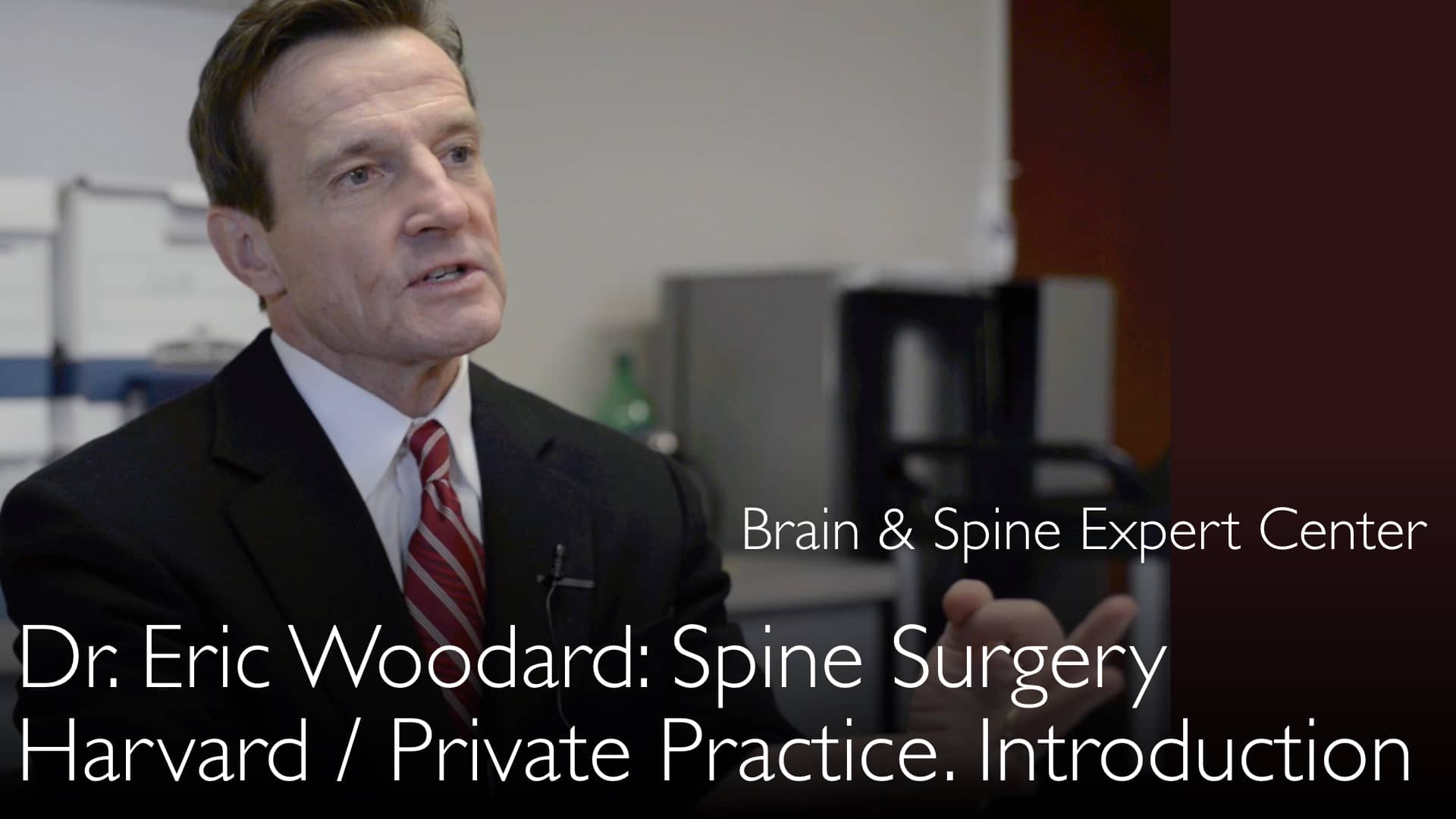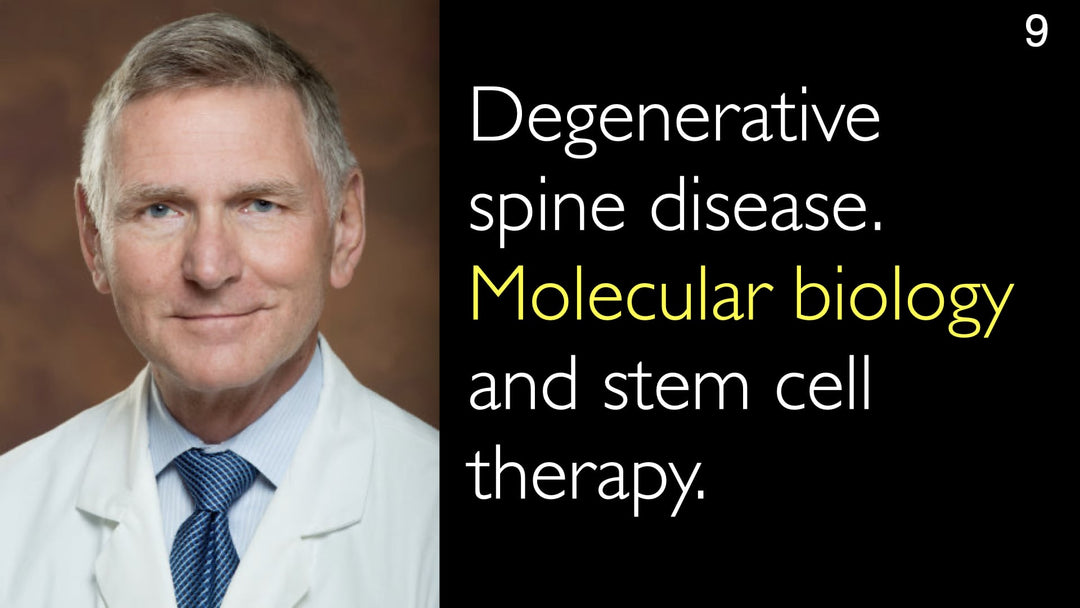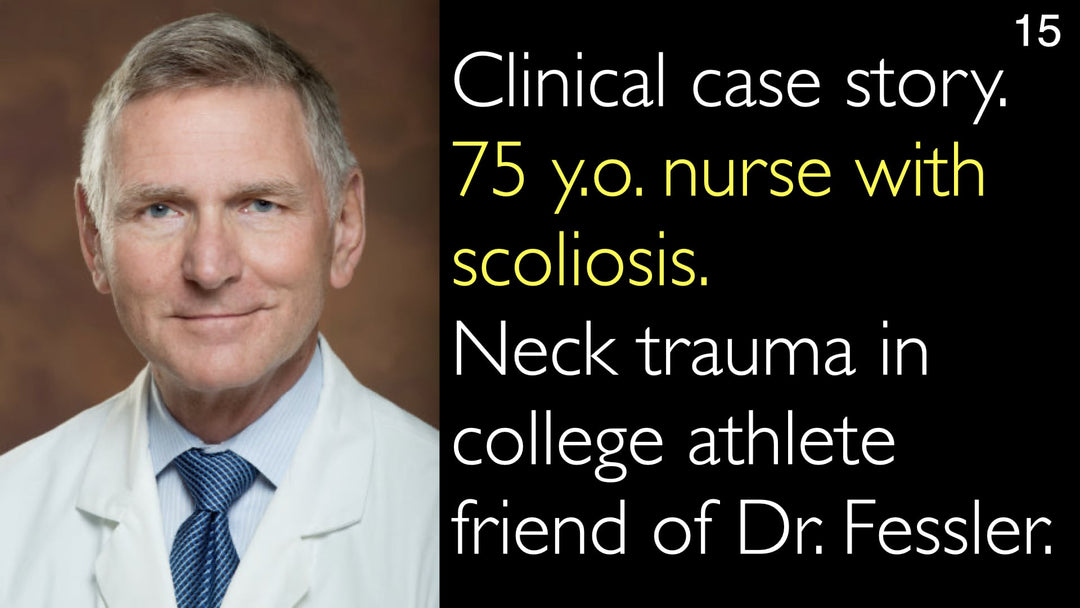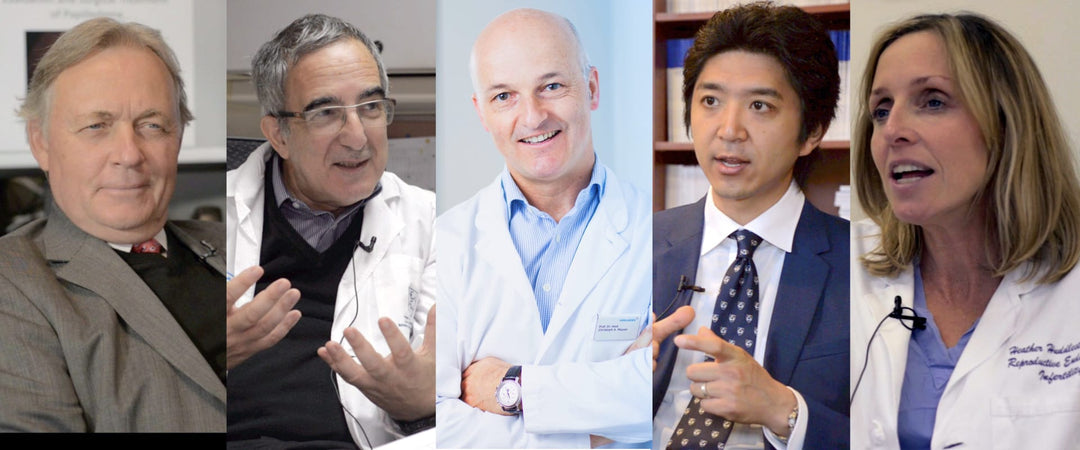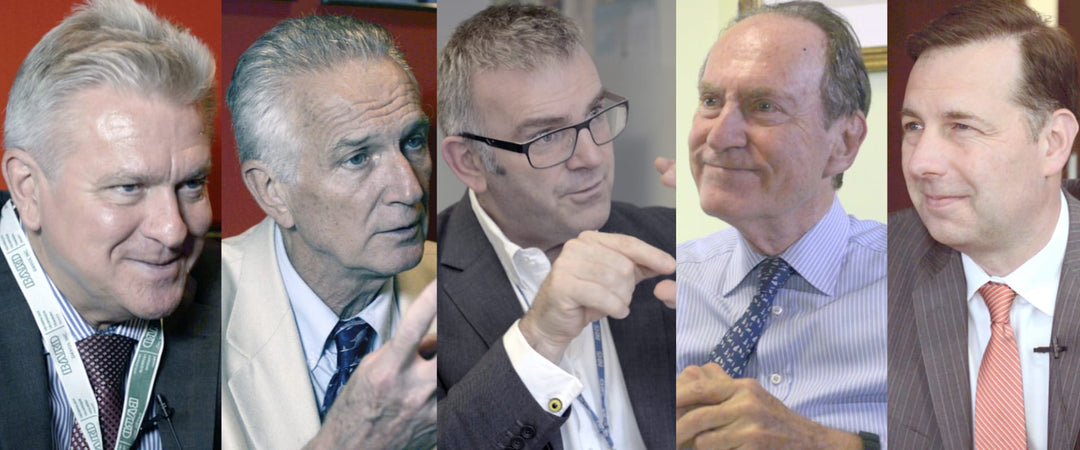Leading expert in spine surgery, Dr. Eric Woodard, MD, explains the future of spinal cord injury treatment and back pain surgery. Personalized medicine will tailor growth factors to a patient's genetic profile. Bioresorbable materials will replace metal hardware for spinal fixation. Tissue engineering and local cooling techniques offer new hope for spinal cord injury recovery. Dr. Woodard also highlights the critical role of preventing lifestyle-related spine disorders like osteoporosis and those caused by obesity.
Innovations in Spine Surgery and Spinal Cord Injury Treatment
Jump To Section
- Personalized Medicine in Spine Surgery
- Bioresorbable Fixation Devices
- Tissue Engineering for Spinal Cord Injury
- Local Cooling Therapy
- Lifestyle and Spine Health
- Full Transcript
Personalized Medicine in Spine Surgery
Dr. Eric Woodard, MD, discusses the significant role precision medicine will play in the future of spine surgery. He explains that analyzing a patient's genetic makeup will allow surgeons to predict responsiveness to specific biologic growth factors. This personalized approach will help determine the most effective type and dose of growth factors to achieve successful spinal fusion.
The cost of genetic analysis has dropped dramatically, making this advanced diagnostic tool more accessible. Dr. Woodard believes this represents a very exciting future for biologics in spine care, moving beyond the current trial-and-error application of these expensive treatments.
Bioresorbable Fixation Devices
The development of new hardware for spinal fixation has reached a plateau, according to Dr. Eric Woodard, MD. Current screw and rod technologies are very similar, with few major innovations in recent years. The future, however, lies in more flexible and even bioresorbable fixation devices.
These bioresorbable materials will eventually dissolve in the body after providing the necessary stability for healing. This eliminates the need for permanent metal implants and potential long-term complications. Dr. Anton Titov, MD, and Dr. Woodard agree this is a major area of ongoing research and development.
Tissue Engineering for Spinal Cord Injury
Dr. Eric Woodard, MD, identifies tissue engineering as holding tremendous promise for spinal cord injury treatment. This approach involves creating biological scaffolds, often combined with stem cells, to promote regeneration and repair of damaged neural tissue. It represents a shift from managing symptoms to potentially restoring function.
This biotechnology is a key method for addressing the complex challenge of spinal cord injury. Dr. Eric Woodard, MD, emphasizes that these advanced therapies will likely be used in combination with other modalities to maximize their effectiveness for patients.
Local Cooling Therapy
An innovative approach to spinal cord injury involves local cooling therapy. As Dr. Eric Woodard, MD, explains, whole-body hypothermia is not feasible due to its toxicity. However, applying targeted cooling directly to the injured area of the spinal cord shows great promise.
This local cooling technique aims to prevent secondary injury to the spinal cord tissue immediately following trauma. It works by reducing inflammation and metabolic demand, effectively opening a therapeutic window for other treatments, like tissue engineering, to be more effective.
Lifestyle and Spine Health
Dr. Eric Woodard, MD, stresses the importance of a holistic view of spine health, focusing heavily on prevention. He directly links the epidemic of obesity to increased stress on spinal joints, leading to degenerative disc disease and other problems. Greater awareness and prevention of these lifestyle-related disorders are crucial for the future.
Conditions like osteoporosis are also partly preventable. Dr. Woodard anticipates a future where these metabolic and lifestyle factors are specifically enumerated and targeted with preventive strategies, reducing the overall burden of spinal disease that Dr. Anton Titov, MD, and other physicians see.
Full Transcript
Future of spine surgery and spinal cord injury treatment. Leading Boston spine surgeon with 40 years of experience explains. How precision medicine is applied to back pain surgery? How tissue engineering and stem cells improve hope for spinal cord injury patients? Leading spine surgeon discusses advances in multi-modality treatment of surgical diseases of spine and spinal cord injury.
Future of spine surgery and spinal cord injury treatment. Video interview with leading expert in spine surgery. Personalized medicine will enter spine surgery field with bioresorbable fixation devices. Precision medicine will develop growth factors modified based on patient's genetic sequencing. Tissue engineering is a key method of spinal cord injury treatment.
Bioresorbable materials for bone fixation and stem cell scaffolding will assist spine surgeons in treating vertebral fractures, degenerative disc disease and spinal cord injury. Medical second opinion ensures that back pain diagnosis cause is identified precisely and treatment plan is correct and complete. Spinal cord injury treatment progresses rapidly.
Medical second opinion also helps to choose the most advanced treatment for spinal cord disease or injury. Seek medical second opinion on back pain and be confident that your treatment conforms to best standards of care. Local cooling over the spinal cord injury is in active clinical research phase and can help prevent secondary injury of spinal cord tissue after trauma.
Important future for spine surgery is recognition of over-stress associated with obesity and lifestyle. New treatment methods will tackle metabolic syndrome consequences for spine. Biotechnology holds the future for spinal cord injury treatment.
Dr. Anton Titov, MD: Spine surgery is a very rapidly developing field. There are many new technologies. There are new materials, stem cells, tissue engineering.
Dr. Anton Titov, MD: You already mentioned them in our conversation. Where do you see spine surgery field going in the next 10 years?
Dr. Anton Titov, MD: What kind of diagnostic and treatment modalities patients will have access to that perhaps are rare today?
Dr. Eric Woodard, MD: It is going to advance in a number of areas. The two hot areas in the last ten years involve biologics. For example, growth factors to more predictably get bony fusion. There have been ups and downs with the practical use to that. Sometimes it is very effective, sometimes it is not.
It is unfortunately been very expensive. Its adoption had a peak and it is flattened out a good bit in recent years. But there will be more specific growth factors and combinations of growth factors in the future. We will more intelligently be able to apply growth factors to the problem of fusion and non-fusion.
Along these lines there is a tremendous future for personalized medicine. Precision medicine can analyze a patient's genetic makeup. It will predict patient's responsiveness to one growth factor versus another. Or personalized medicine can help to determine specific dose of growth factors.
That personalized medicine will be taken into account more and more in the future. The cost of doing genetic analysis has been reduced to negligible amounts almost. That is very exciting future from the perspective of biologics.
In terms of the nuts and bolts and the routes and screw technology, we have pretty much hit a threshold in the last 5 to 10 years. Pretty much all the screws are very similar to each other. Many of the big advances that occurred in the 80's, 90's and early 2000's have flattened out.
There is not a lot now in terms of what we call "widgets". There are not a lot of the new nuts-and-bolts that appreciably different. The current technologies for fixing the spine and adding rigidity to the spine are at a fairly static position.
The future, I think, is going to be more flexible or even bioresorbable type of fixation devices. You are going to hear a lot more about bioresorbable materials in the future.
Dr. Eric Woodard, MD: I touched a little bit on spinal cord injury. Tissue engineering has tremendous promise in the future for treatment of spinal cord injury. It will be combined with other modalities, such as thermal cooling.
We did mention that before. The hypothermia or cooling the whole body is not very feasible and it has its own toxicity. But local cooling over the spinal cord may show great promise in opening that window for other therapies to be effective.
In terms of diagnosis, increasingly we are more and more aware of the whole patient. We are more aware of a need to prevent a lot of lifestyle related disorders. Greater awareness of that is important.
We touched on the topic of osteoporosis. Some of osteoporosis is very preventable. We touched on the lifestyle-related joint dysfunction. Certainly obesity in this country has been an epidemic.
Obesity directly translates to many of the joint problems we see in the hip and knee. We see the same joint problems in the spine. They are due to overstress associated with obesity and lifestyle.
Greater awareness of this will be specifically statistically enumerated and prevented in the future.
Dr. Anton Titov, MD: Dr. Woodard, thank you very much for this very fascinating conversation about spine surgery and about the holistic method to the health of the spine. I very much appreciate your sharing your experience and wisdom with all our viewers.
I hope that they will find it as useful as I do, during our conversation today. Thank you very much!
Dr. Eric Woodard, MD: It has been my pleasure. Thank you.
Future of spine surgery and spinal cord injury treatment. Video interview with leading spine surgery expert. What holds most promise for spinal cord injury?



